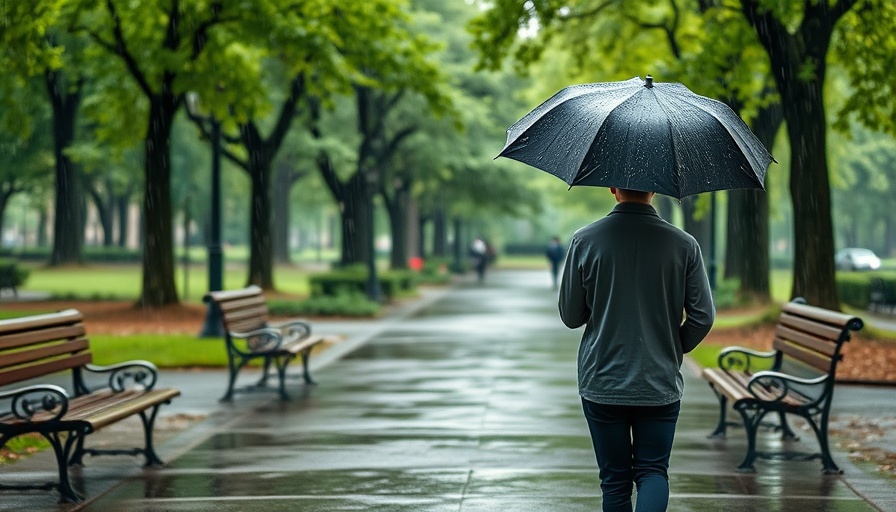
Transforming After-School Care: A Necessity for Working Families
In a recent op-ed by New York City Mayor Eric Adams, the case for universal after-school care has been emphatically made. The issue is simple: working families across the city have been weighed down by the difficulty of balancing employment with childcare responsibilities. As highlighted, many parents have been forced to compromise either their jobs or high childcare costs, a dilemma that can no longer be ignored.
Economic Relief Through Expanded Programming
To tackle this pressing issue, Mayor Adams announced the newest phase in expanding after-school programs aimed at young students, with an immediate investment of $21 million to fund 5,000 new after-school seats. This proactive measure not only ensures that children can participate in enriching activities—but also alleviates the burden on parents who may otherwise rely on technology for supervision. The administration’s promise to increase this number to 20,000 over the next three years signifies a stable and ongoing commitment to affordable childcare.
Impact on Community Well-being
This initiative goes beyond mere numbers; it symbolizes a shift towards recognizing the importance of after-school programs in the holistic development of children. With $755 million set aside to support these programs annually, the expansion will allow families to engage with educational, artistic, and athletic activities, all while providing children the safe and structured environment they need post-school hours. The positive social implications of this initiative are profound, as it fosters community relationships while allowing children to explore their passions.
A Lasting Investment in Future Generations
Furthermore, elevating the wages of the dedicated educators and caretakers involved in these programs calls attention to the welfare of all stakeholders in the system. It demonstrates a systemic approach to not just direct beneficiaries (the children), but also to those that play a pivotal role in their everyday lives. This dual focus on family and provider underscores a comprehensive commitment to community welfare.
Conclusion: A Step Towards Inclusivity
The steps taken towards universal after-school care undoubtedly align with the needs of working families striving for balance in urban settings. By engaging in this dialogue and implementing meaningful changes, New York City is setting an example for other cities to follow. The road to universal care is long, but this initial investment shows promise for both immediate and future benefits.
 Add Row
Add Row  Add Element
Add Element 



Write A Comment